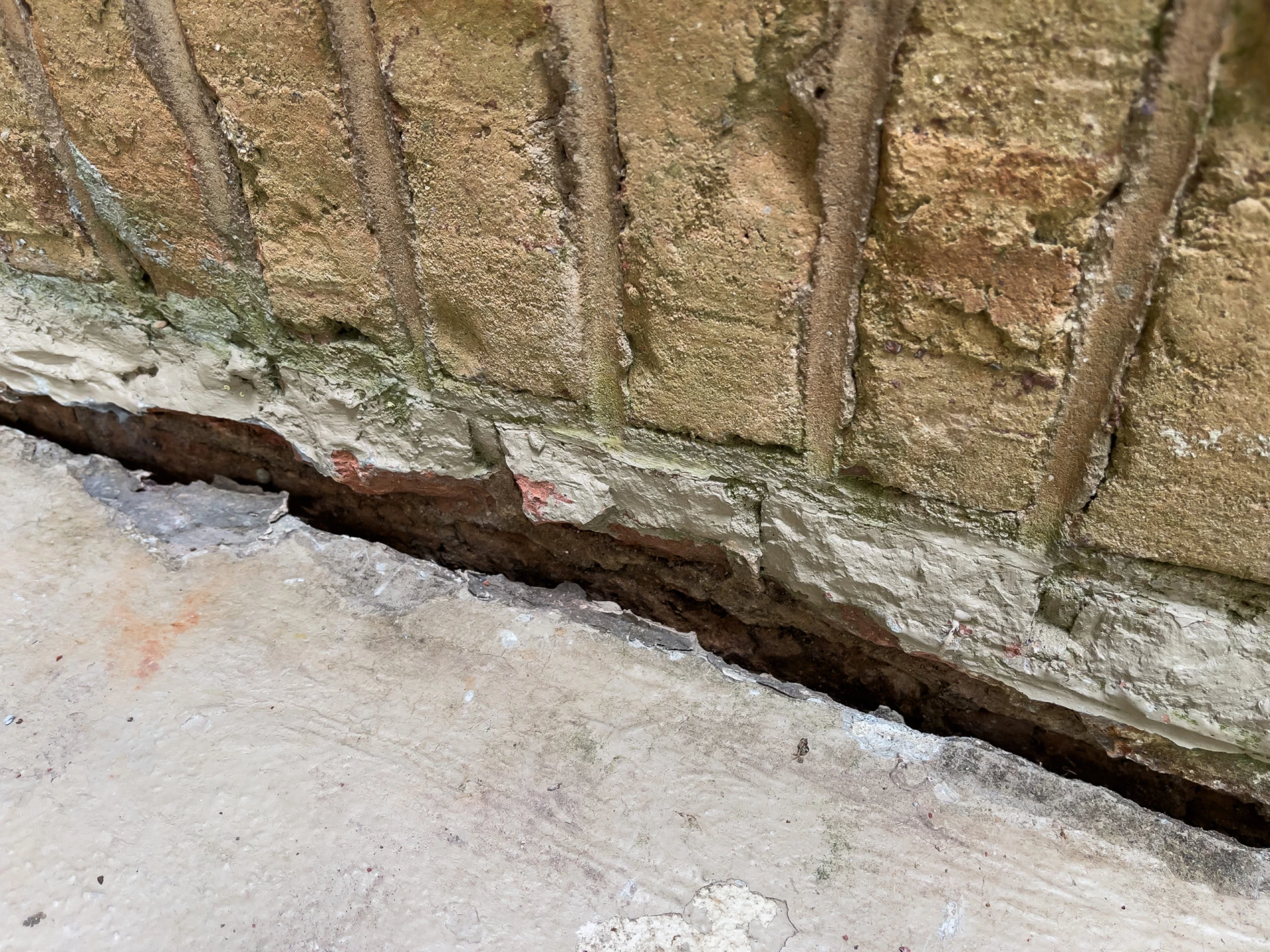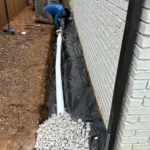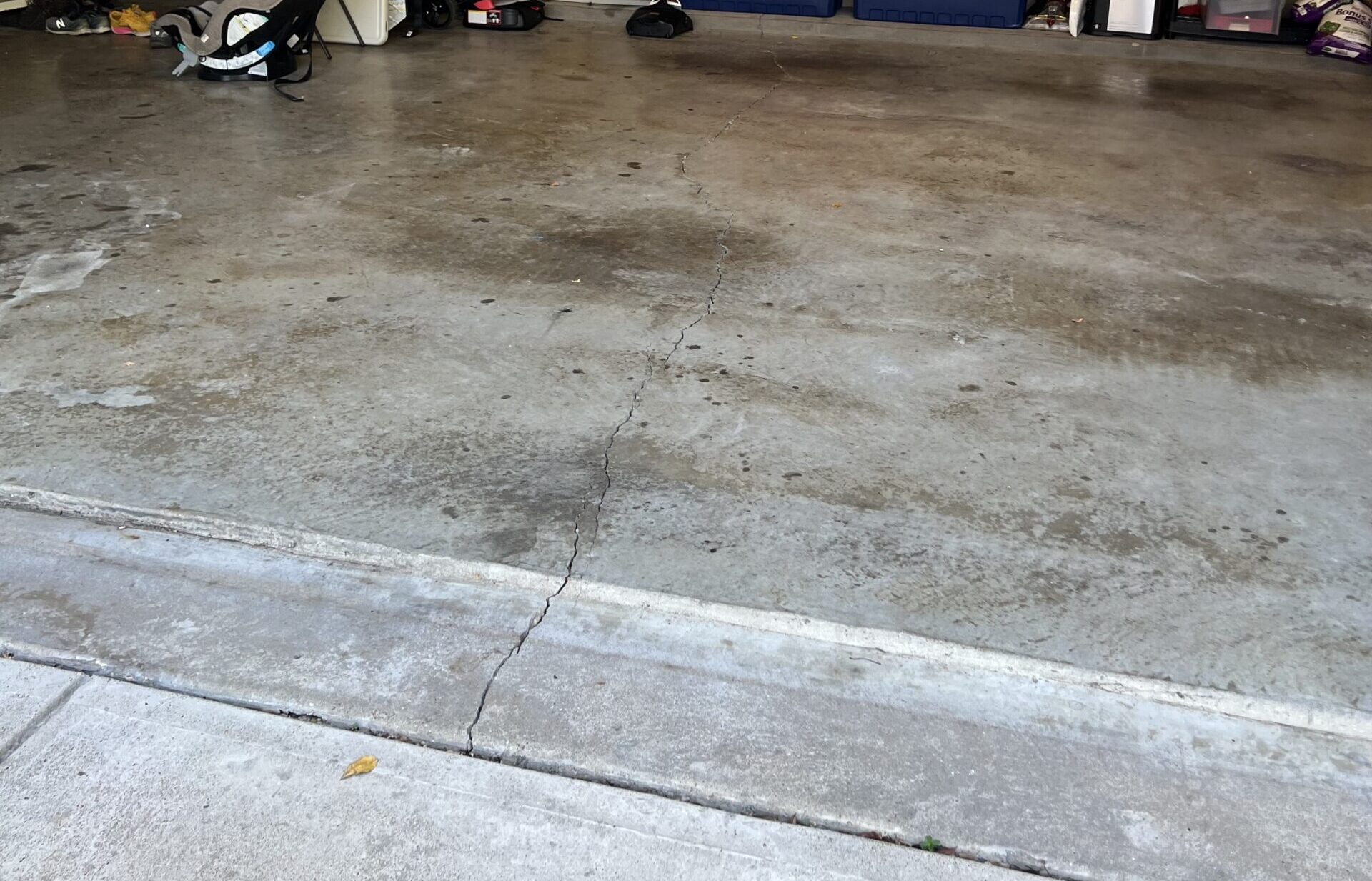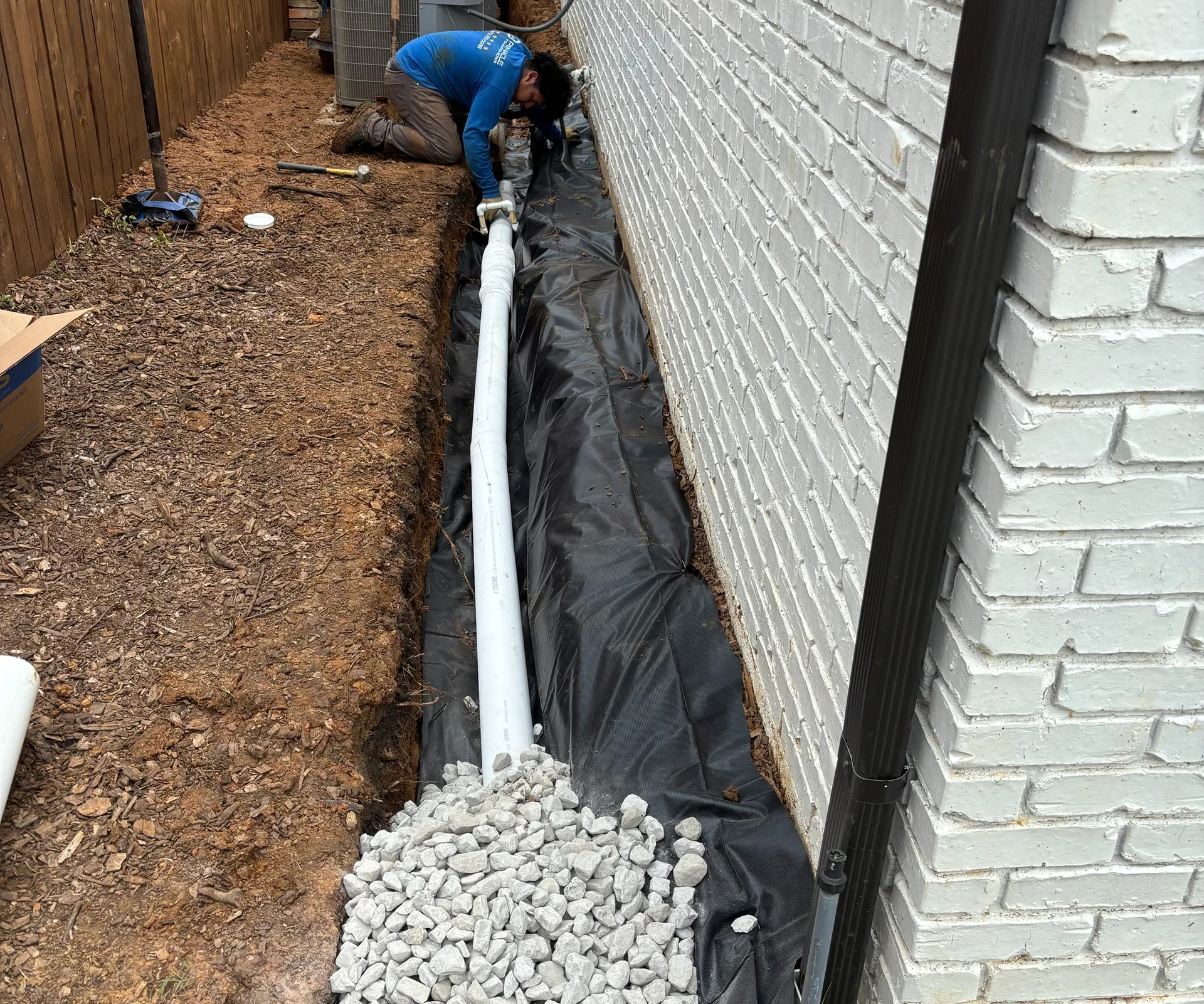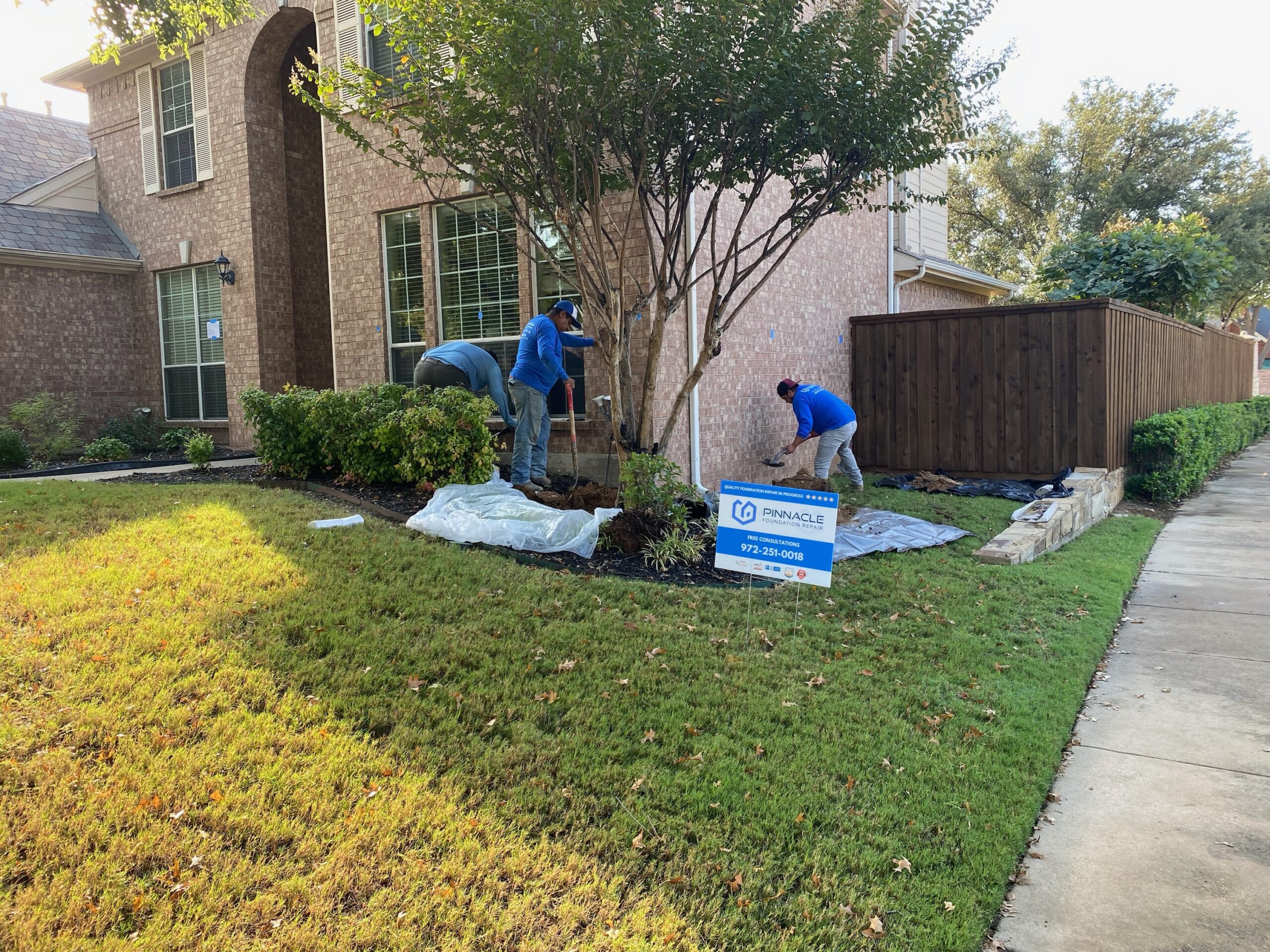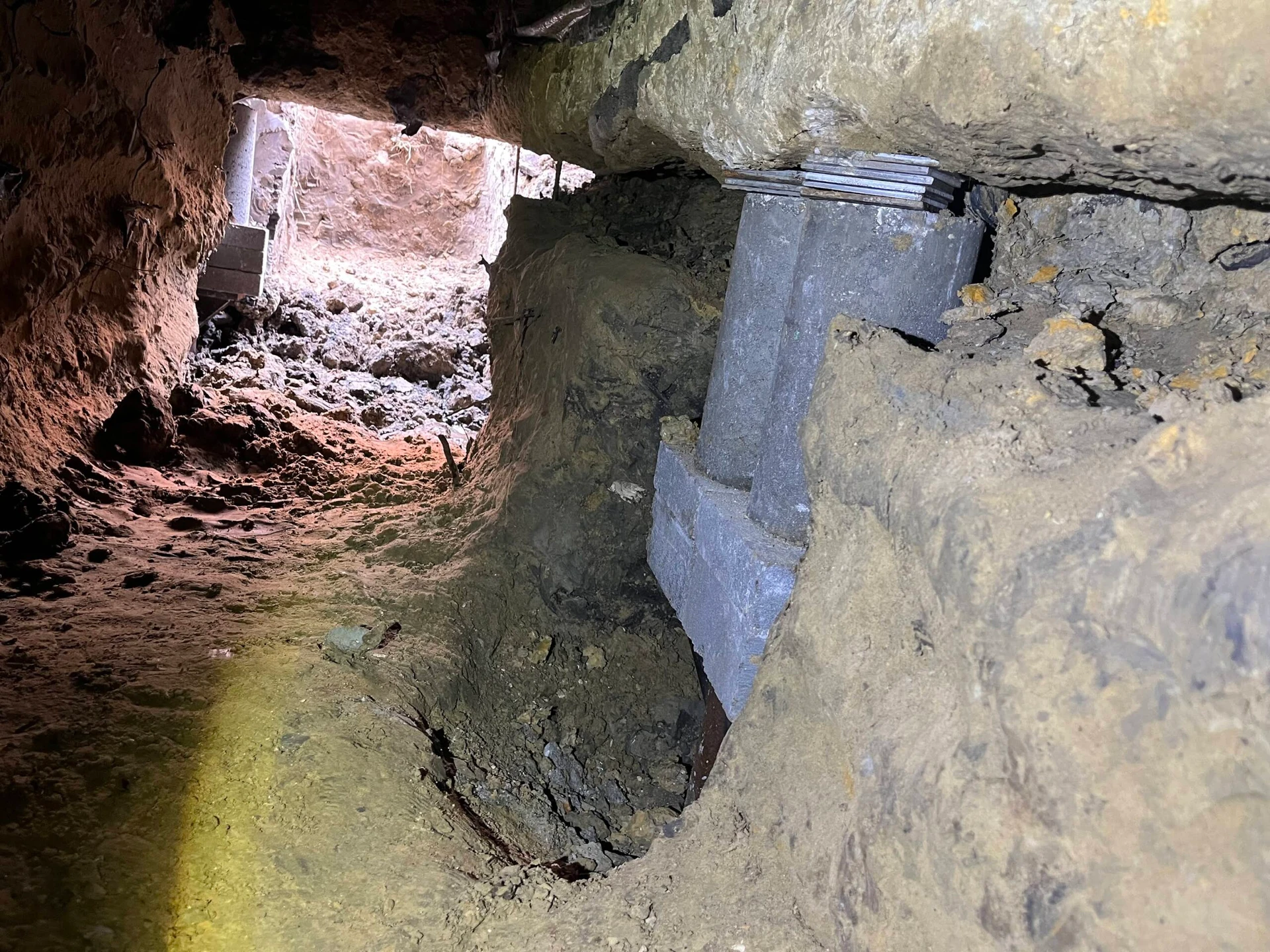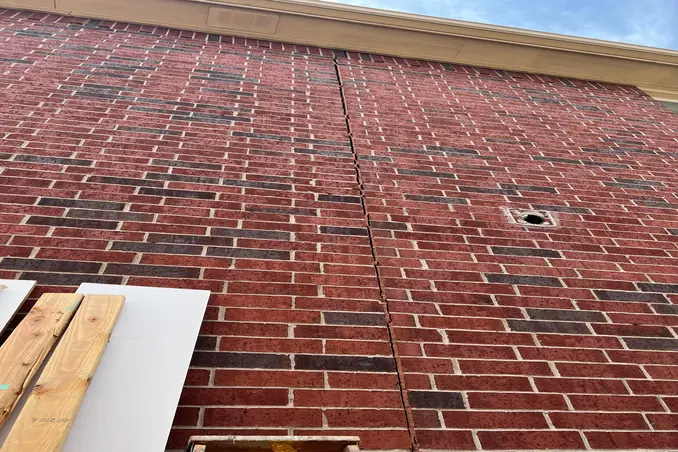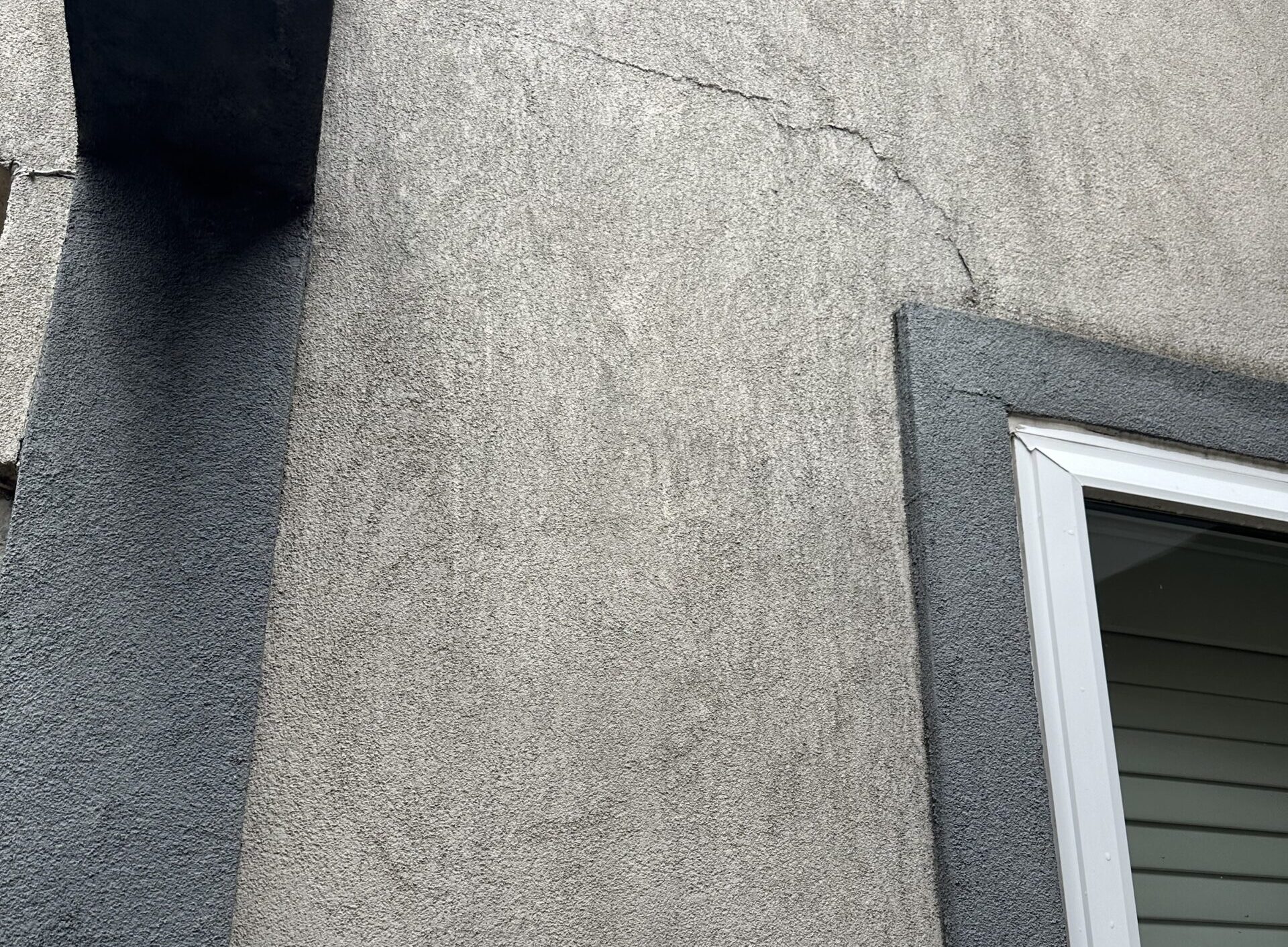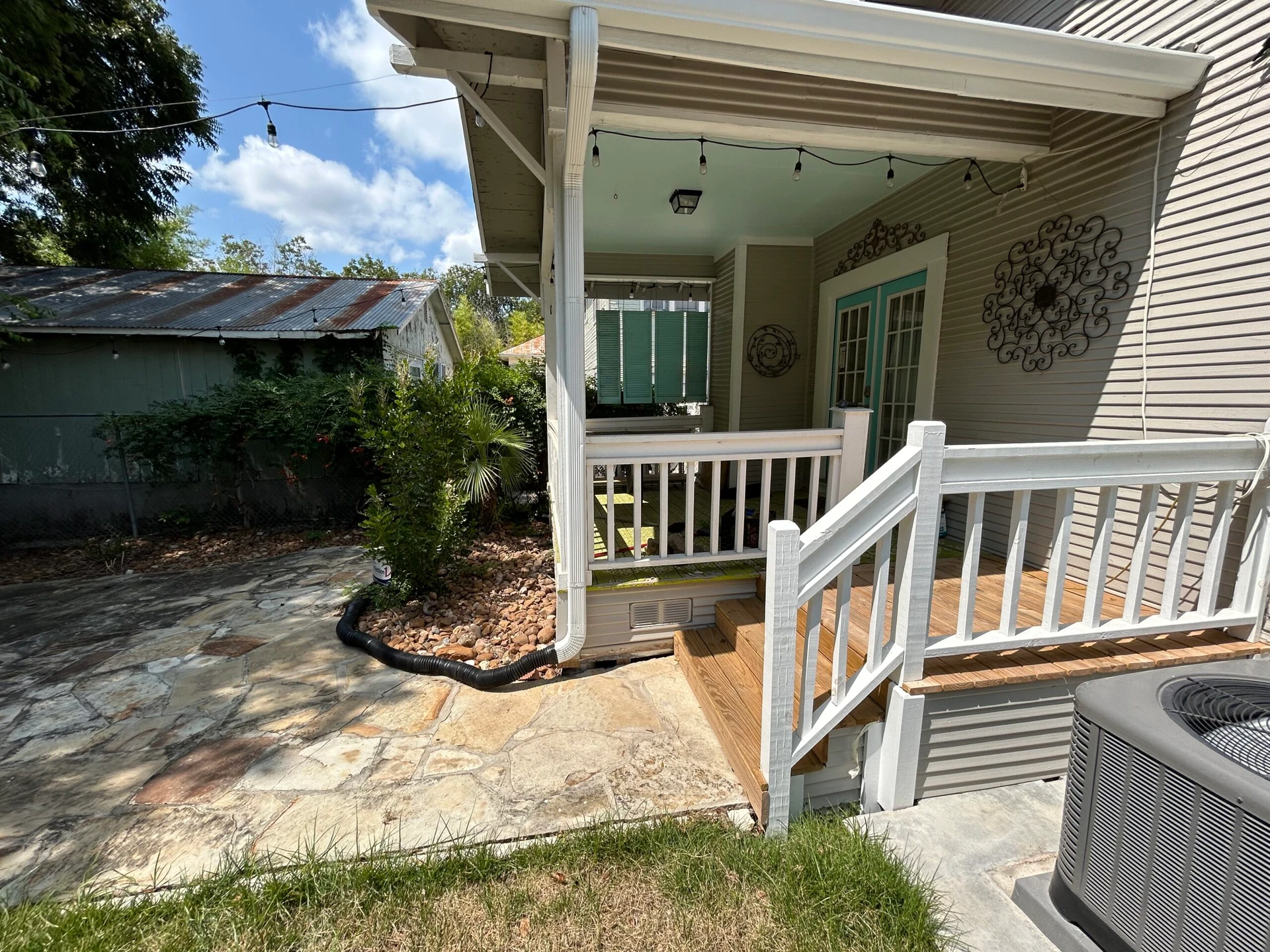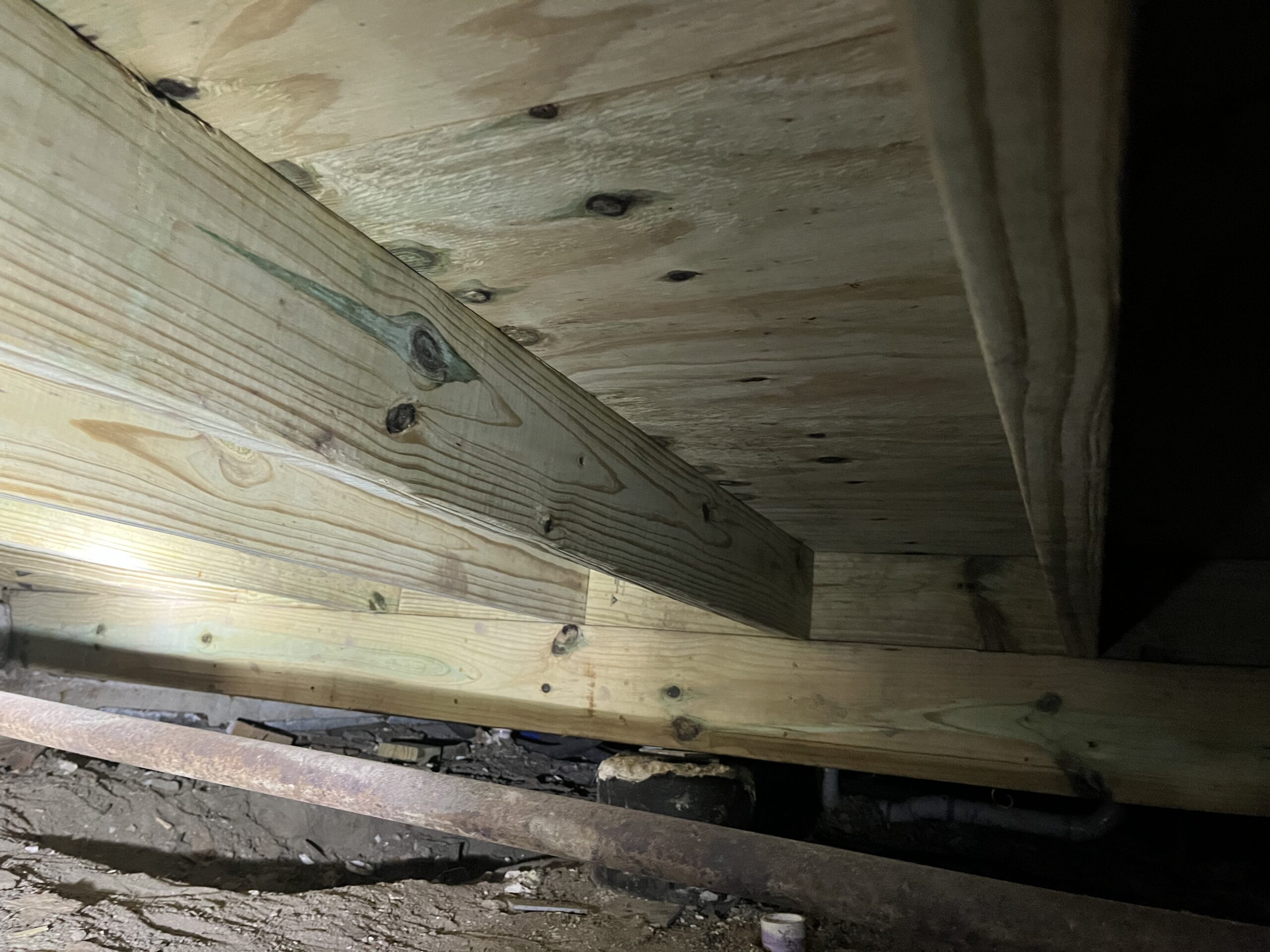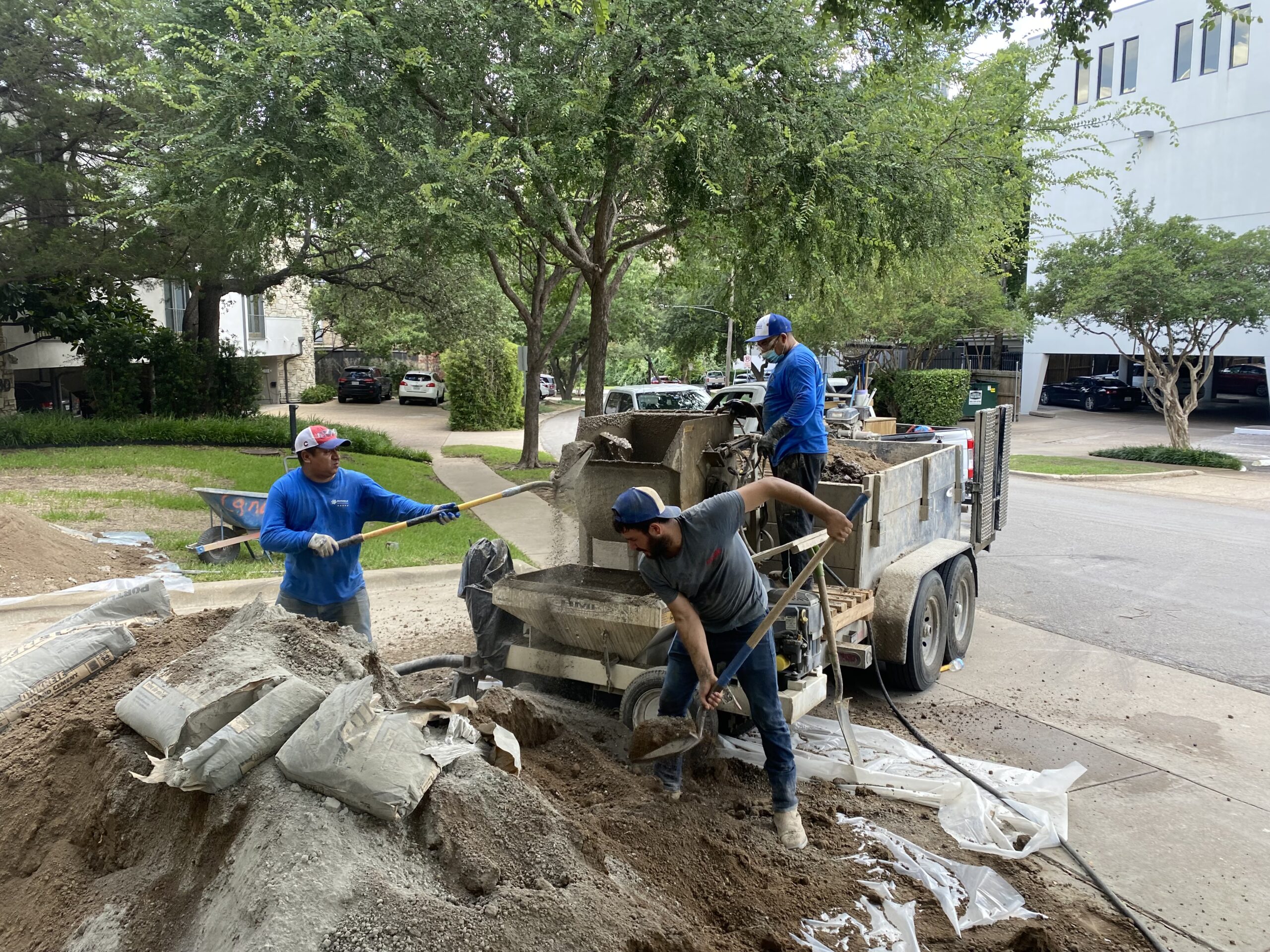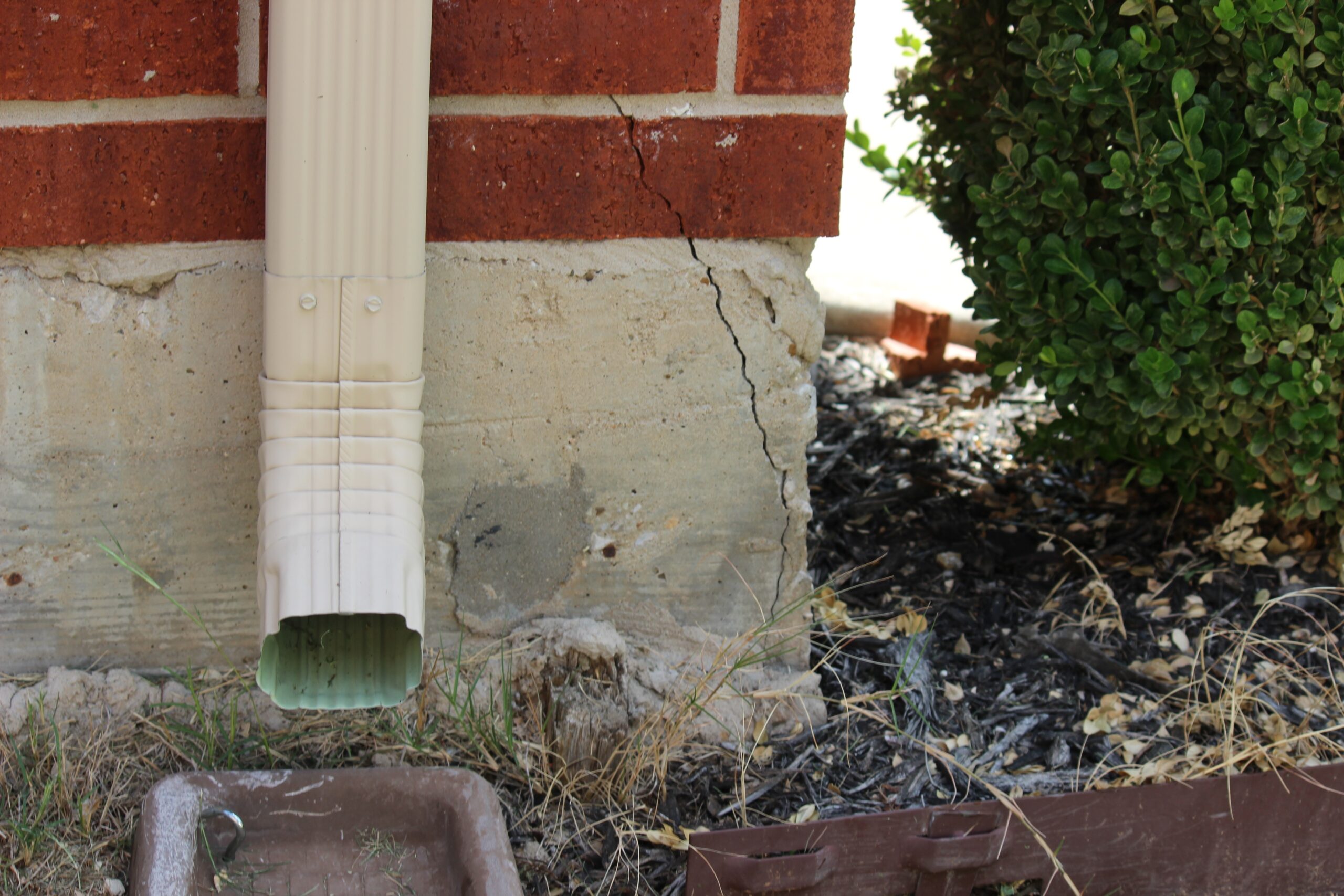Most foundation repairs may seem daunting. They can be expensive and disruptive, causing you stress. But don’t worry – understanding the signs of foundation problems and what your repair options are can help ease your mind and make the process smoother for your home.
Potential Signs of Foundation Issues
Before jumping into repairs, let’s quickly talk about how to spot potential foundation problems. Be on the lookout for:
Cracks in walls or floors: Smaller hairline cracks might just be normal settling, but larger cracks need professional evaluation.
Uneven floors: Floors that slope or feel bouncy could indicate foundation issues.
Sticking doors or windows: Doors and windows that become difficult to open or close can point to foundation movement.
Common Foundation Repair Techniques
If you notice any of these signs, it’s best to get in touch with a foundation repair specialist, like Pinnacle Foundation Repair. We can inspect your foundation, determine how severe the issues are (if any), and recommend the best solution for you.
Here are some of our tried-and-true foundation repair methods we have successfully used throughout Texas for thousands of happy customers over the years:
Pier Systems:
Drilled Piers: These permanent supports are made by drilling holes in the ground and then filling them with concrete that’s been reinforced with steel rods or cables. Drilled piers support the foundation when the soil is too weak to support the weight of more lightweight structures.
Helical Piers: Perfect for limited access areas or uneven terrain, Helical piers are steel shafts with a series of helical-shaped blades. They’re screwed deep into the ground with minimal excavation needed, and their spiral design firmly anchors them into the soil. They can also be used to support retaining walls, decks, and other structures.
Steel Piers: Steel piers are one of our favorite solutions for foundation repair at Pinnacle. These sturdy 12-inch steel pipes are pressed into the ground and filled with concrete to hold up structures. These piers can go as deep as 75 feet, which is handy for areas where digging is tough or the soil isn’t strong enough to support a building.
Steel Transition Piers: An excellent hybrid option for those having trouble deciding between a concrete and steel pier. Steel transition piers mix double-walled steel and high-strength concrete to provide a strong, stable foundation at a reasonable cost. Compared to a concrete pressed piling or a drilled pier, it reaches deeper into the ground for greater stability.
Slab Lifting Techniques:
Mudjacking (Slab Jacking): A great cost-effective method used to level concrete slabs or foundations that have sunken over time. The process involves drilling small holes into the sunken concrete and pumping a slurry of concrete, sand, topsoil, and water under the slab. The slurry then lifts the slab and levels it with the surrounding ground.
Foundation Wall Repair:
Patching: Patching is a go-to method for fixing cracks in foundation walls, stopping water from seeping in and causing more trouble. We can patch cracks using materials like hydraulic cement, epoxy, or polyurethane, which all work to keep water out. Sealants like silicone, acrylic, and urethane are often used to ensure a tight, lasting seal.
Crack Repair:
Polyurethane Injections: These injections are a great choice for foundation repairs aimed at filling voids and cracks in your foundation. These injections are made of polyurethane resin, which expands when it meets water. As the resin expands, it effectively fills the gaps and cracks, bonding with the surrounding concrete to create a water-tight seal. The result – an effective and durable solution for sealing foundation cracks and preventing water infiltration.
Understanding your Foundation Repair Options with a Free Inspection
These methods are just some of the most common ways to fix problematic foundations. But the right solution for your home depends on a few things, like the type of foundation you have, how bad the damage is, and your budget. A professional foundation repair company can check out your situation and suggest the best fix.
Pinnacle has been serving residents in Texas for decades, and we are built on radical accuracy, transparency, and accountability. We set high expectations, then back them up with high tech and even higher customer service.
Worried about your foundation or just want to talk to a pro? Take the first step to protect your home’s structure! Give us a call for a free foundation repair inspection, and we’ll be happy to evaluate your foundation and talk you through personalized repair solutions.

